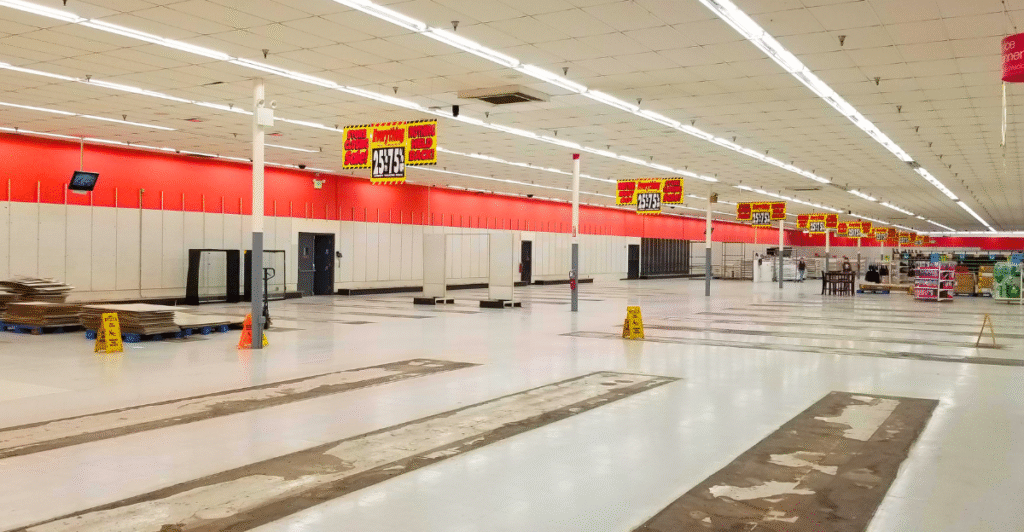
Something peculiar is happening on America’s streets. Store window lights are fading. Iconic logos—some spanning decades—are slipping quietly away.
In 2025 alone, 15,000 retail stores will close their doors for good. That’s not a typo. It’s the biggest wave of closures in history, surpassing even the pandemonium of the pandemic. For some, it’s just another headline.
For others, it’s the loss of a community gathering place, a first job, or a spot where birthdays and milestones were marked. This isn’t business—it’s personal. And yet, nobody seems to be completely surprised.
A Quiet Crisis Grows Louder
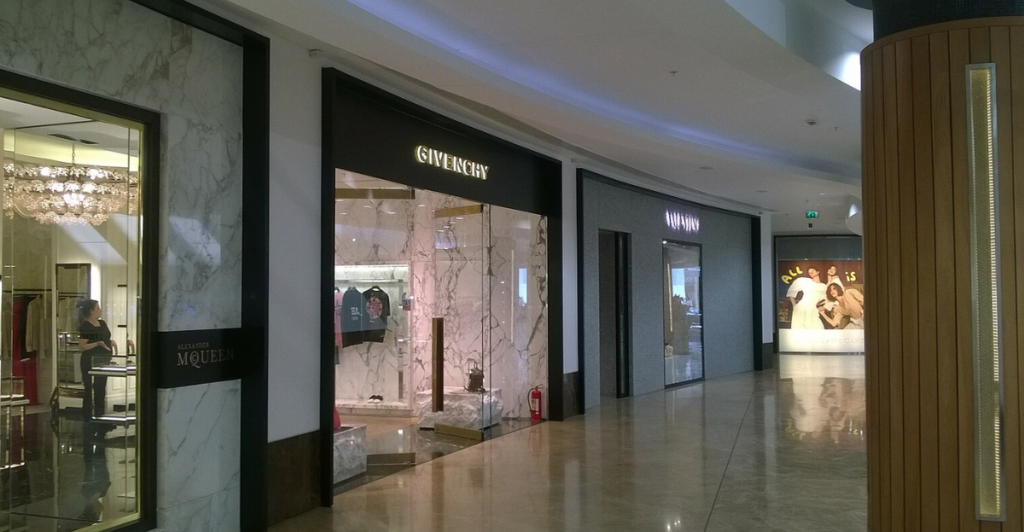
Over 7,000 retail stores closed last year. That number was already raising eyebrows in the industry. Now it’s doubled, and the whispers are growing into a roar.
From strip malls to jammed clothing stores, the losses are mounting faster than anyone expected. So why now? And why so many? Inflation is one reason.
So is the supposed change in consumer habits. What everyone appears to know is that something elemental is changing. But as painful as this is to see, it’s not a spontaneous crash. It has been incrementally accumulating aisle by aisle over years.
The Illusion of Choice
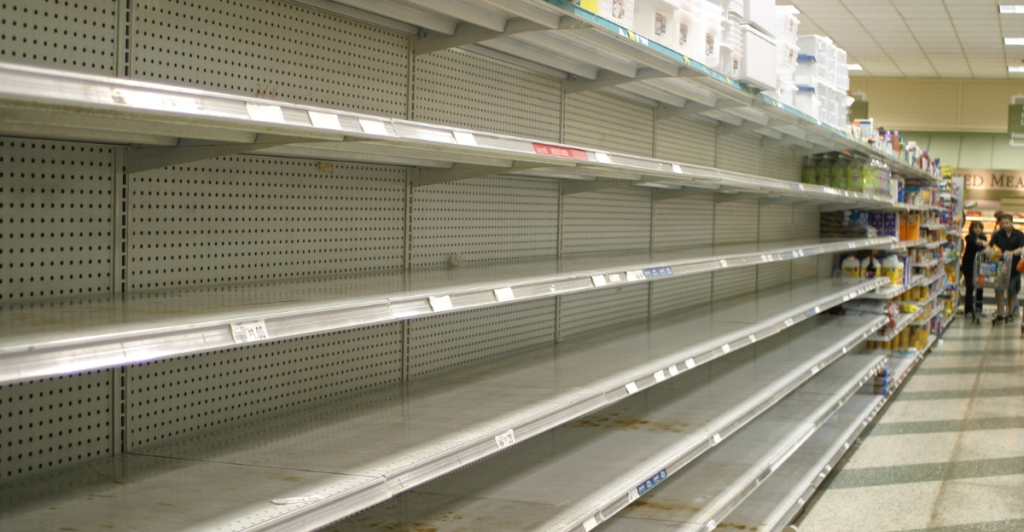
Walk into any mall today and there it is: the facade of plenty. Half-full shelves. Empty storefronts covered in advertisement wraps.
You might not have noticed it, or maybe you mistook it for a renovation. But those empty spots aren’t temporary—not in the same way. Consumers are spending, yes, but they spend differently.
The path of least resistance—lower, quicker, delivered—is winning out. And if you’re a retail company with inferior lighting, inferior service, or glitchy checkout technology? You’re probably already in trouble.
Pharmacies Close, Communities Feel It

One of the hardest-hit sectors is pharmacies. CVS shut down 586 stores. Rite Aid—408. Walgreens—another 259. The “pharmacy desert” phenomenon isn’t an exaggeration.
It’s very real. And for some small communities, it means traveling long distances just to obtain blood pressure medication or insulin.
Big-box stores like Walmart are trying to fill the gaps, but it’s not enough. It’s not just a loss of convenience — it’s a hit to community health care. For those who don’t have cars or decent health insurance, the impact is even greater.
Fashion’s Identity Crisis
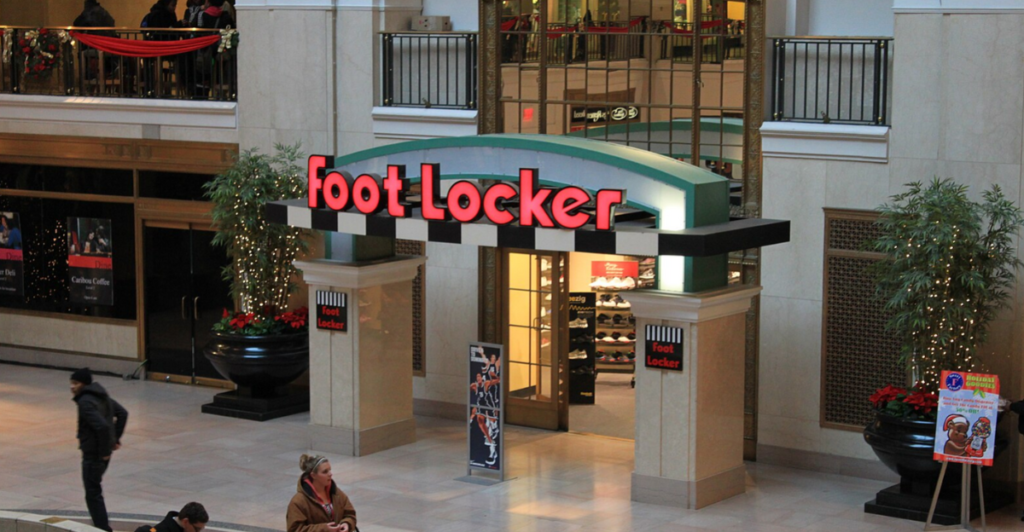
Fashion apparel retailing is another casualty. Foot Locker closed 118 stores and is only just getting started. Rue21 and Express? Hundreds of locations closed upon bankruptcy filings.
Once-stylish mall staples are vanishing. Blame online fast fashion. Blame Gen Z’s changing tastes. Or blame landlords charging too much for too little foot traffic.
Either way, it’s clear that racks of jeans and mannequins in glass windows aren’t drawing people in like they used to. What we’re seeing isn’t just a sales dip. It’s an identity crisis for an entire industry.
Macy’s Folds a Historic Chapter
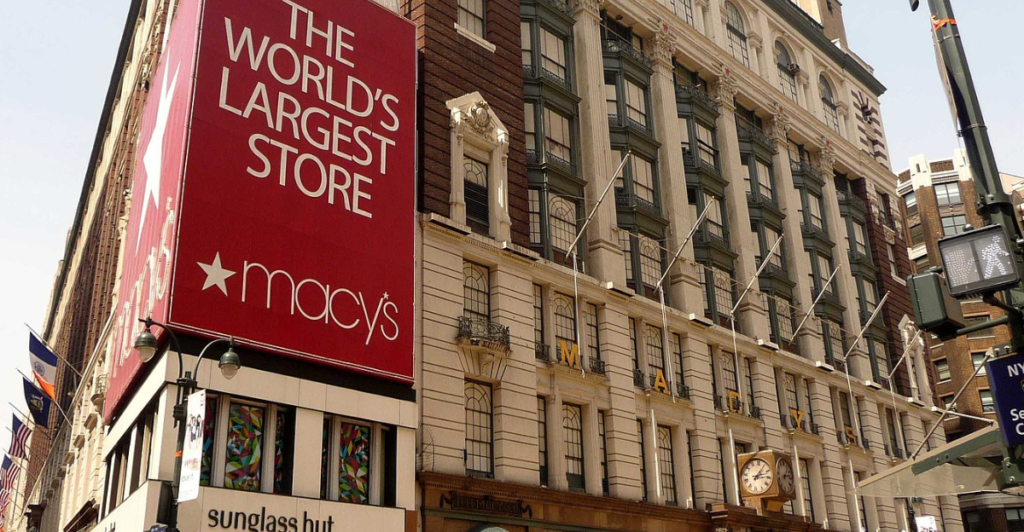
When Macy’s closed its Brooklyn Downtown store, it was more than just another store closing. That building stood in the city for 160 years.
It is still called Abraham & Straus—A&S—the store with live mannequins in the 1970s who roamed the aisles wearing prom gowns. Today, it is nothing more than another property on a list of 150 closings Macy’s has in the works.
CEO Tony Spring described it as being part of a “Bold New Chapter.” But to loyal customers, it seems more like the book’s last page. And worse, Macy’s is still recovering from the impact of an internal scandal.
The Bargain Boom

Legacy brands are dwindling as discount chains are feeding a frenzy. Inflation is driving consumers toward value, and Walmart, Costco, and Dollar Tree are reaping the profits.
Even online shopping—now at nearly 30% of overall retail—is taking a bite out of everyone else’s piece. Mid-range stores are getting squeezed.
They’re not cheap enough for frugalistas and not high-end enough for spendthrifts. The market isn’t just changing—it’s dividing. Brands stuck in the middle? They’re seeing customers walk right past their doors. Or click away.
2030 and Beyond: The Forecast Gets Worse

As UBS says, we’re not even close to the bottom. They project that by 2030, the U.S. will lose another 45,000 stores. From apparel and home furnishings to electronics and books, there isn’t an industry that won’t be impacted.
Kohl’s is closing 27 stores. Big Lots is gradually winding down after a chaotic bankruptcy. And Dollar General—even they are closing nearly 100 stores.
These aren’t last-minute desperation moves. They’re part of broader survival tactics. But to shoppers, they look the same: another “Store Closing” sign, another empty building.
More Than Just Nostalgia

It’s easy to romanticize the old shopping experience—big bags, crowded counters, perfume samples at department stores. But this moment is not about nostalgia. It’s about access.
About jobs. About small economies that rely on foot traffic to stay alive. And as more and more stores vanish, so do the jobs they spawned: managers, clerks, janitors, delivery drivers.
Not all of the people who lose a store get another one. Some towns are being stripped bare in real time. And there isn’t an app to fix that.
Not a Collapse—A Reckoning

Retail is not dying. It’s evolving. Brands that innovate—through tech, logistics, or customer experience—can come out stronger.
But there’s no saving what’s lost. Department stores will never reign supreme again. Shopping malls will never fully recover.
The world is accelerating, and retail is trying to keep up. What is certain is this: the reckoning has come. The question is no longer if change is coming. It’s who’s brave—or smart—enough to make it through.
Discover more trending stories and Follow us to keep inspiration flowing to your feed!

Craving more home and lifestyle inspiration? Hit Follow to keep the creativity flowing, and let us know your thoughts in the comments below!
